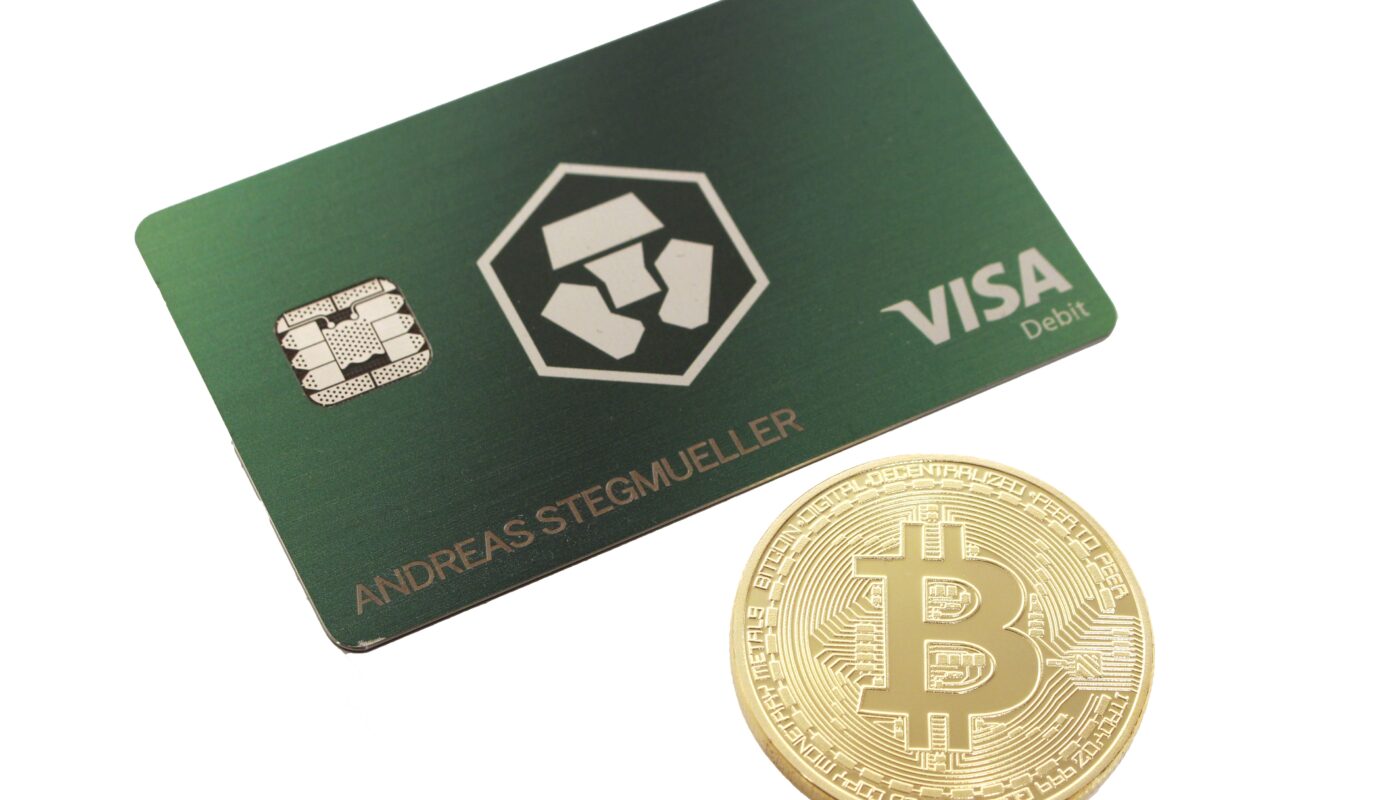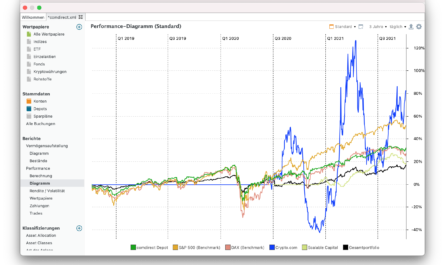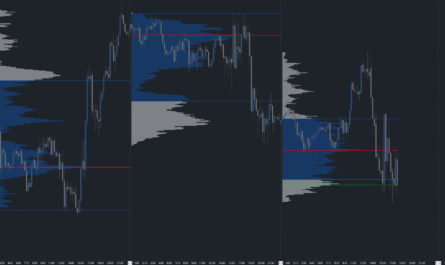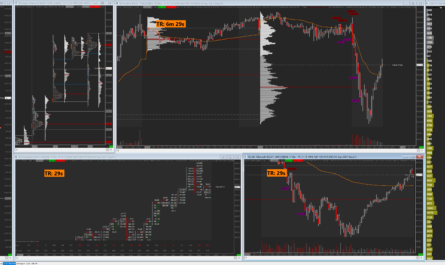Anyone who invests in dividend shares, Reits, P2P loans or in staking buys regular income with their investments, for which they do not have to actively work, in contrast to a normal employment relationship. The payments are made completely automatically and without the investor’s intervention – in most cases, they are even made at night when the owner of the shares is asleep.
In a normal employment relationship, knowledge and time must always be exchanged for money. Whoever invests will remain dependent on it for a long time, but can secure a handsome additional income, which may even be sufficient to cover monthly expenses in retirement and without having to rely on any pension payments from the state.
Personally, it is important to me to have as many passive sources of income as possible and to put as much of my salary as possible into such investments. The more passive income I have, the more independent I become – whether from the state, landlord or employer. I never get my time back, money on the other hand comes and goes and can be earned anew at any time.
Shares, ETFs and Reits
Dividend shares, distributing ETFs and funds as well as real estate rides are certainly the classics of passive income sources. Here, you invest in companies that regularly give their shareholders a share of the profits and distribute them to them. In the case of German stocks, this usually happens once a year, while most American stocks pay out dividends on a quarterly basis. In some cases, there are even monthly payouts. With a broad diversification and a focus on dividend stocks, you can build up a regular cash flow from month to month.
However, it is not quite that easy: Depending on the title, only about 2 to 4% are paid out, which requires a particularly high investment volume in order to be able to fully cover its costs. If you have invested about 300,000 euros in such assets, you will receive about 9,000 euros per year at an average payout of 3%, which corresponds to about 750 euros per month.
Well-known and popular dividend stocks include 3M, Altria, Fresenius, Johnson & Johnson, LVMH, Nestle, Nike, Procter & Gamble, Royal Dutch Shell, Unilever and Vonovia. There are also broad-based dividend ETFs such as the Vanguard FTSE All-Word High Dividend Yield UCITS ETF, which last paid out 3.01% at the end of September and does so four times a year.
Interest income from P2P loans
Of course, classic interest income from fixed-term and overnight deposit accounts is also part of passive income. However, in the current low-interest environment, where there is usually not even 0.01% in interest per year, this asset class is no longer recommended for this purpose. Rather, it is the P2P loans. Here you lend your money to borrowers in whose country there is either not such a good credit system as in Germany, or to those who simply can no longer get loans through conventional channels. This of course allows for much higher interest rates, although the risk is much higher. A total loss is theoretically possible.
Products such as Bondora Gow & Grow* invest broadly in various such loans and distribute the risk among several investors. In return, the return is trimmed and currently set at 6.75% per year. The interest is even paid out daily, the money is available daily for a withdrawal fee of one euro like on a call money account.
Anyone who has invested 400 euros in it will be credited 7 cents every day. With an investment of around 5,600 euros, this is a whole euro per day. P2P loans are thus a worthwhile addition to the monthly cash flow.
Staking of Stablecoins
On the crypto market, you can lend your coins at sometimes high interest rates. Particularly attractive are so-called stablecoins, which, for example, replicate a classic fiat currency such as the US dollar and thus have less fluctuation risk. We do this on the Crypto.com platform, where we can collect 12% per year in lending interest in connection with the green card, for which we had to deposit CRO coins with a total value of 3,500 euros once. This is equivalent to about 1% per month.
Thus, those who have invested 400 USDC will be credited with 4 USDC per month, which will be credited pro rata on a weekly basis, but will not be accessible for three months. However, with shorter investment and with more favorable card-stake, 6 to 10% APY can still be obtained.
Rental, book sale or blog
Regular income, for which you do not have to actively trade your time, can also be generated, for example, by renting out real estate or residential units. However, this form is not quite so passive. For example, you must always be available as a contact person for your tenant, and after you move out, you have vacancies that you have to take care of. Over the years, there will be repairs and renovations to take care of. Buying once and steadily getting a passive cash flow is not.
When selling a book, it must first be written and printed. However, once this work is done, it is possible to generate passive income through steady sales via large platforms such as Amazon*, but this is not very predictable. This is similar with a blog: Once populated with content, it opens up a broad readership through worldwide availability, which can provide steady income through advertising or commission links. But here, too, you have to put in a lot of work first. The income does not come overnight.
With all these suggestions, the following applies: a broad diversification across several assets, providers and accounts is a mandatory prerequisite to keep the risk of default of one’s own deposit as low as possible. We had already published several articles on this topic.
Keyfacts:
- with passive income you do not exchange more time for money
- passive income comes steadily and without the investor’s intervention
- there are many different possibilities
- some require a lot of initial effort or budget
- buying income brings more than consumption in the long run







